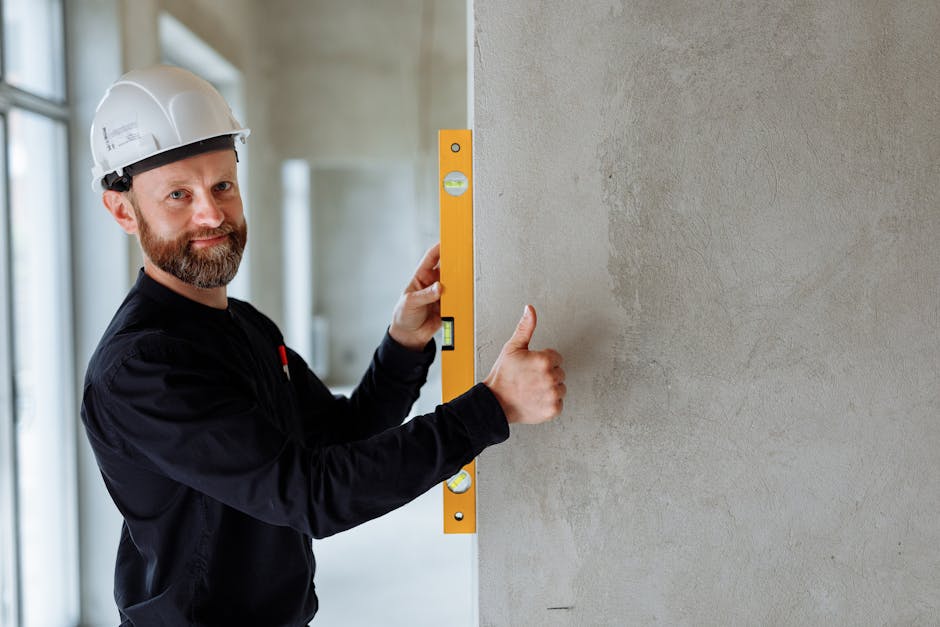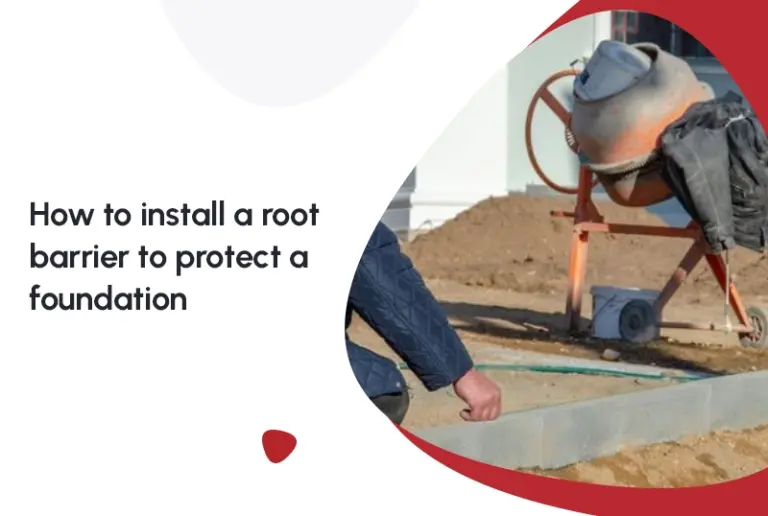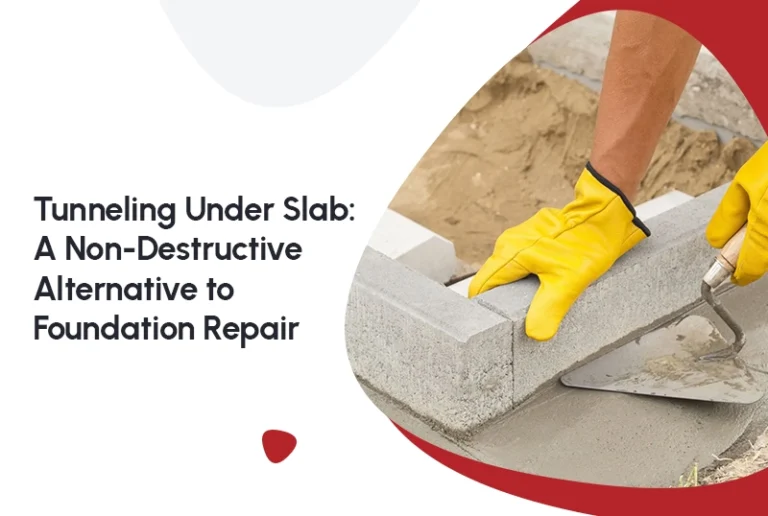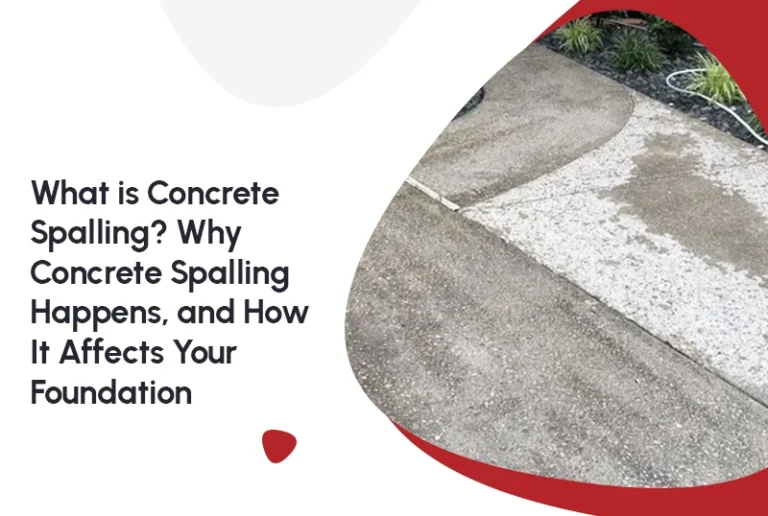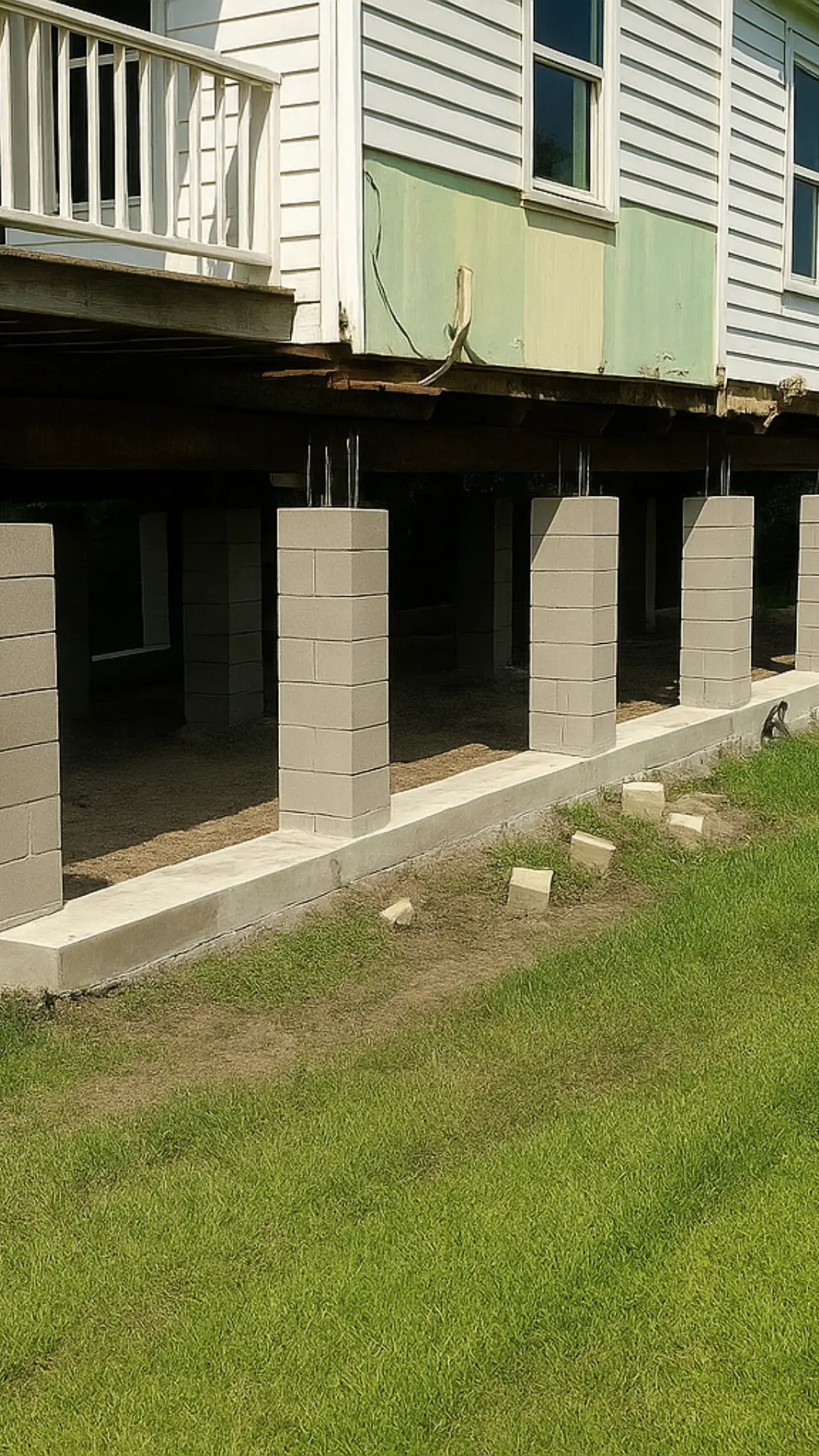DIY vs. Professional Concrete Lifting: What You Need to Know
Concrete lifting is a common solution for addressing uneven surfaces in driveways, sidewalks, and patios. If you’ve noticed uneven slabs around your home, you might be debating whether to tackle the project yourself or hire a professional. This guide will help you weigh the pros and cons of DIY versus professional concrete lifting, ensuring you make an informed decision.
Understanding Concrete Lifting
Before delving into the DIY versus professional debate, it’s essential to understand what concrete lifting entails. This process involves raising concrete slabs that have sunk over time due to soil erosion, settling, or other factors. It can restore the safety and appearance of your surfaces without the need for costly replacements.
The DIY Approach: Pros and Cons
Many homeowners consider taking on concrete lifting as a DIY project. There are several advantages and disadvantages to this approach.
Pros
Cost-Effective: One of the primary reasons people opt for DIY is to save money. By purchasing the necessary materials and equipment, you can potentially reduce overall costs.
Flexibility: With a DIY project, you have the freedom to work on your schedule. This can be particularly beneficial if you have a busy lifestyle.
Cons
Skill and Experience Required: Concrete lifting isn’t as straightforward as it may seem. It requires a good understanding of the process and the skill to execute it correctly. Mistakes can lead to further damage or uneven results.
Equipment Costs: While DIY can be cost-effective, purchasing or renting the right equipment can add up quickly, potentially offsetting savings.
Time-Consuming: Without professional experience, DIY concrete lifting can be a time-consuming endeavor, particularly if you encounter unexpected challenges.
Professional Concrete Lifting: Pros and Cons
Hiring a professional for your concrete lifting project is another viable option. Here’s what to consider:
Pros
Expertise and Precision: Professionals come with the necessary skills and experience to ensure the job is done efficiently and accurately. They can assess the situation and determine the best approach for lifting the concrete.
Time Efficiency: A professional team can complete the project much faster than a DIY attempt, minimizing disruption to your daily routine.
Long-Term Solutions: Professionals are more likely to use high-quality materials and techniques that extend the longevity of the repair. This means fewer problems down the line.
Cons
Higher Initial Costs: Hiring professionals can be more expensive upfront compared to a DIY project. However, the long-term benefits often justify the investment.
Less Control Over Schedule: When working with a professional, you may need to adjust your schedule to accommodate their availability, which can be a drawback for some homeowners.
Key Considerations Before Making a Decision
When deciding between DIY and professional concrete lifting, consider the following factors:
Scope of the Project: For minor unevenness, a DIY approach might suffice. However, for extensive or complicated issues, professional expertise is advisable.
Budget: Assess your budget and consider both initial costs and potential long-term savings. A professional job may have higher upfront costs but could save money in the long run by preventing further damage.
Personal Skills and Time: Be honest about your skills and the amount of time you can dedicate to the project. If you’re unsure about either, a professional is likely the better choice.
Conclusion
Deciding between DIY and professional concrete lifting ultimately depends on your individual circumstances, including budget, time, and skills. While DIY can be a rewarding project for those with the right skills and resources, hiring a professional often ensures a quicker, more reliable solution. Whichever route you choose, addressing concrete issues promptly is crucial to maintaining the safety and aesthetics of your property.
FAQs
Q: Can I lift concrete myself without any previous experience?
A: While it’s possible, it’s not recommended unless you have a good understanding of the process. Mistakes can lead to further damage or uneven results, making professional help a safer option.
Q: How long does professional concrete lifting take?
A: Depending on the project’s complexity, professional concrete lifting can be completed in a few hours to a couple of days.
Q: Is concrete lifting a permanent solution?
A: It can be a long-lasting solution when done correctly. However, factors like soil conditions and weather can affect its longevity, making regular maintenance a good practice.
Q: What materials do professionals use for concrete lifting?
A: Professionals typically use polyurethane foam or a cement-based slurry to raise and stabilize the concrete slabs.
